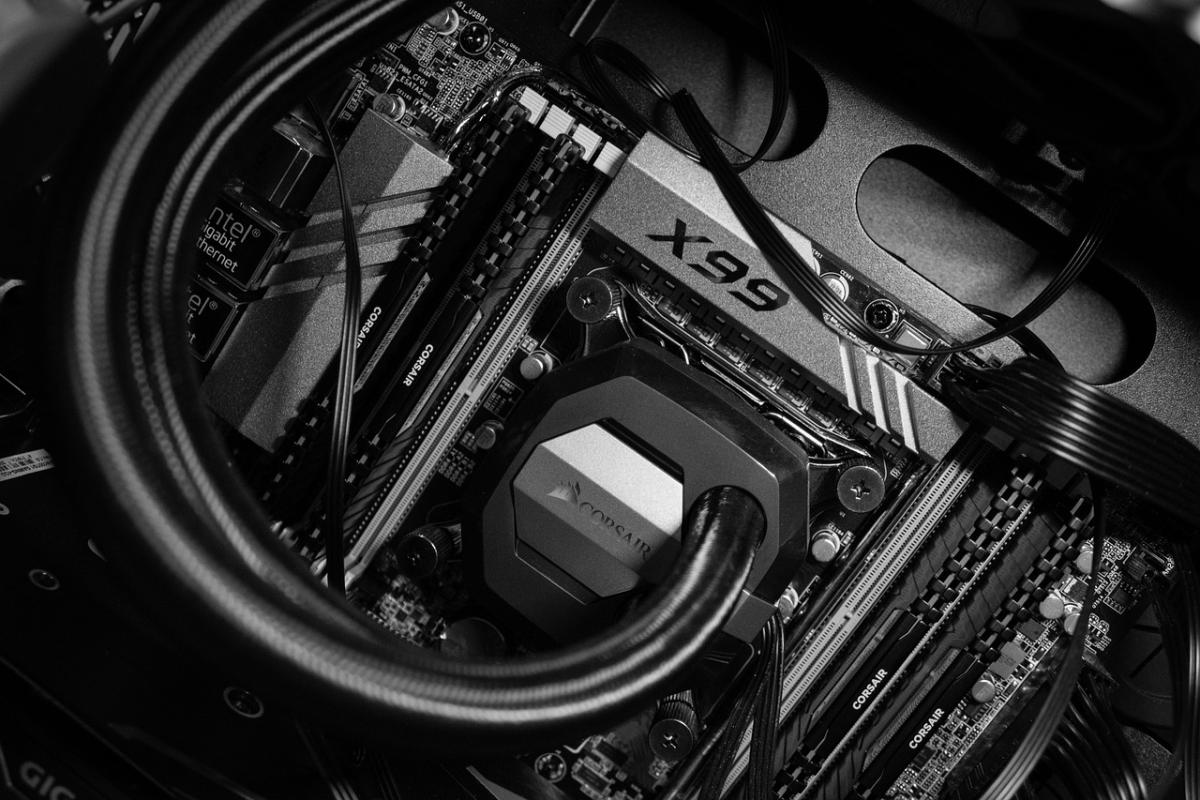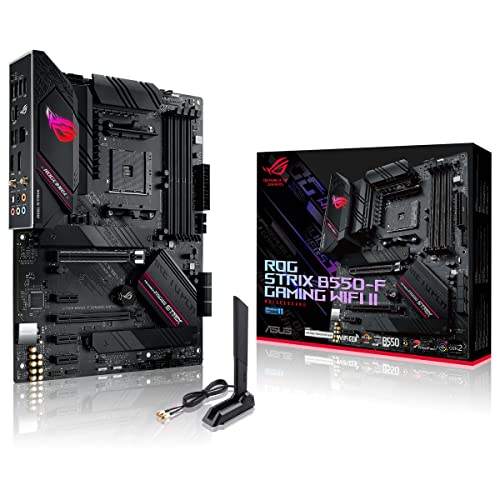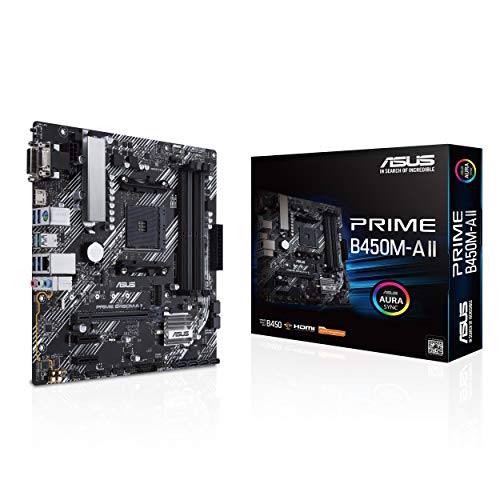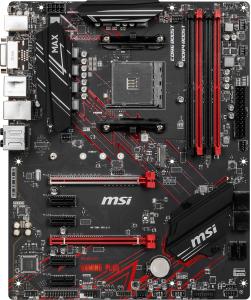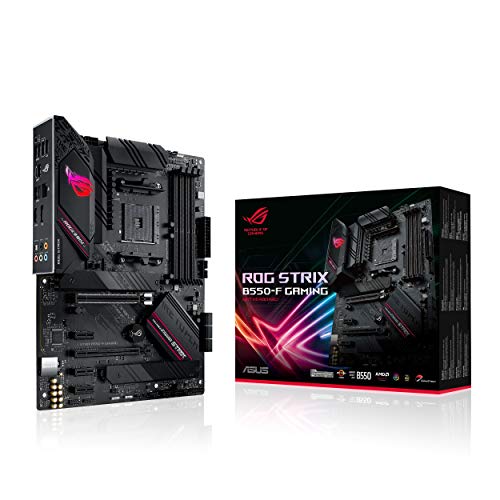Custom BIOS overclocking profiles offer enthusiasts a way to fine‑tune their systems for enhanced performance. By modifying BIOS settings, users can optimize clock speeds, voltage, and memory timings to unlock additional power from their hardware without compromising system stability.
Start by exploring your BIOS’s advanced settings and documenting default configurations. Gradually increase clock speeds and adjust voltage settings while continuously stress testing the system for stability. Save profiles for different usage scenarios—one for high performance during intense gaming or video rendering and another for day‑to‑day efficiency. Balance aggressive performance increases with thermal limits to prevent overheating.
Regularly monitor system temperatures and performance metrics after saving a custom profile. If instability occurs, adjust settings incrementally and retest. A reliable overclocking profile should provide a noticeable performance boost while sustaining safe operational parameters over extended periods.
Custom BIOS overclocking profiles empower you to extract the maximum performance from your high performance PC. With careful calibration, continuous monitoring, and thoughtful profile management, you can achieve significant gains in speed and responsiveness without risking system integrity.
Ultimate Guide to Custom BIOS Overclocking Profiles
Unlock the true potential of your high performance PC with tailored BIOS overclocking profiles. From voltage adjustment to memory timings, learn every step to achieve rock-solid stability and blistering speeds.
Introduction to BIOS Overclocking
BIOS overclocking empowers enthusiasts and power users to transcend default CPU and memory specifications. By fine-tuning clock speeds, voltage rails, and timing parameters directly in the motherboard’s firmware, you can squeeze extra horsepower from your hardware without hardware modifications.
Whether you’re chasing benchmark glory or simply want to accelerate rendering tasks, mastering custom overclocking profiles is the key to a more responsive and capable system. This overclocking guide walks you through every stage—from fundamental concepts to advanced BIOS customization techniques.
Why Create Custom Overclocking Profiles?
Stock configurations are designed to run on the broadest range of CPUs and memory modules. Custom BIOS overclocking lets you:
- Tailor performance for gaming, content creation, or everyday work.
- Save multiple profiles in BIOS for quick switching between modes.
- Avoid one-size-fits-all settings that under-utilize your specific hardware.
- Balance power draw, thermal output, and stability on your terms.
By building distinct profiles—one for extreme gaming, another for video editing, and a third for low-power daily use—you maximize both efficiency and raw throughput.
Key Concepts in BIOS Tuning
Clock Speeds and Multipliers
Adjusting the CPU multiplier and base clock frequency (BCLK) directly impacts CPU core speed. A higher multiplier yields faster cycles per second, but also increases heat and power consumption.
Voltage Adjustment
Supplying higher CPU core voltage (Vcore) stabilizes elevated clock rates but accelerates thermal output and long-term wear. Fine-tune voltage in small increments—typically +0.01V to +0.05V steps—and monitor stability.
Memory Timings and Frequency
Memory kit performance hinges on frequency (measured in MHz) and latency timings (e.g., 16-18-18-36). Lower timings and higher frequencies boost bandwidth but demand more voltage and generate more heat.
Step-by-Step Overclocking Guide
- Document Default Settings
Before you tweak anything, record stock values for CPU multiplier, Vcore, DRAM voltage, BCLK, and all timing parameters. Use BIOS screenshots or a camera for reference.
- Increase Clock Speeds Gradually
Bump the CPU multiplier up by +1 or +2 steps at a time. Boot into your OS and run a quick stress test (5–10 minutes) to catch immediate failures.
- Fine-Tune Voltage
If your system crashes or exhibits errors, increase Vcore by +0.01V and retest. Repeat until stable under stress, but avoid exceeding safe thresholds recommended by your CPU manufacturer.
- Optimize Memory Performance
Enable XMP or DOCP profile if available, then lower secondary and tertiary timings manually. Test stability after each adjustment with memory-intensive workloads.
- Stress Test Thoroughly
Use tools like Prime95, AIDA64, or OCCT for 1–2 hours. Monitor temperatures with HWMonitor, HWiNFO, or your motherboard’s sensors. Aim to keep peaks below 85 °C on the hottest core.
- Save and Name Your Profile
Within your BIOS, store each configuration under a descriptive name: “Extreme Gaming,” “Video Render,” “Daily Eco,” etc. This allows seamless switching without repeated tuning.
Advanced BIOS Customization Techniques
Load-Line Calibration (LLC)
LLC counters voltage droop under heavy load. Higher LLC levels maintain tighter voltage regulation but can introduce voltage overshoot. Experiment to find the sweet spot between droop and overshoot.
Voltage Rails Beyond Vcore
- CPU PLL Voltage: Affects clock generator stability at high frequencies.
- VCCIO & VCCSA: Crucial for memory controller and integrated GPU overclocks.
Thermal and Power Limits
Modern motherboards let you adjust Package Power Limits (PL1/PL2) and Tau times. Raising these extends peak turbo duration but risks higher sustained power draw and heat.
Ensuring System Stability and Longevity
Overclocked components run hotter and draw more current. To safeguard your investment, follow these best practices:
- Install high-quality CPU coolers—preferably custom loop or premium air solutions.
- Use case fans strategically for positive airflow and exhaust.
- Replace thermal paste every 12–18 months to maintain heat transfer efficiency.
- Monitor voltages and temperatures in real-time via software or onboard LEDs.
- Re‐validate profiles after BIOS updates or major driver changes.
Monitoring and Profile Management
Once custom overclocking profiles are saved, regular monitoring is crucial. Automate data logging with tools like HWInfo’s logging feature or set up on-screen display widgets in MSI Afterburner.
If you detect performance degradation over time, revisit your BIOS settings. Subtle changes in ambient temperature or component degradation can necessitate slight voltage bumps or timing relaxations.
Troubleshooting Common Overclocking Issues
System Crashes or Blue Screens
Lower the CPU multiplier or raise Vcore by 0.01–0.02 V. Retest after each change.
Memory Errors or Data Corruption
Increase DRAM voltage in small increments or loosen secondary timings (e.g., tRCD, tRP).
Thermal Throttling
Enhance cooling with better heatsinks, additional case fans, or reflow your thermal paste. Consider an all-in-one liquid cooler for aggressive overclocks.
Conclusion
Custom BIOS overclocking profiles unlock transformative performance gains for your CPU and memory. By meticulously documenting defaults, incrementally adjusting clock speeds and voltages, and stress testing each profile, you can achieve rock-solid system stability even under extreme loads.
With thoughtful BIOS tuning, balanced voltage adjustment, and proper cooling, your high performance PC will deliver unmatched responsiveness and speed—whether you’re gaming, editing video, or running complex simulations.
Embrace the art and science of overclocking. Build, save, and refine custom profiles to match your exact usage scenarios, and experience your hardware performing at its absolute best.
